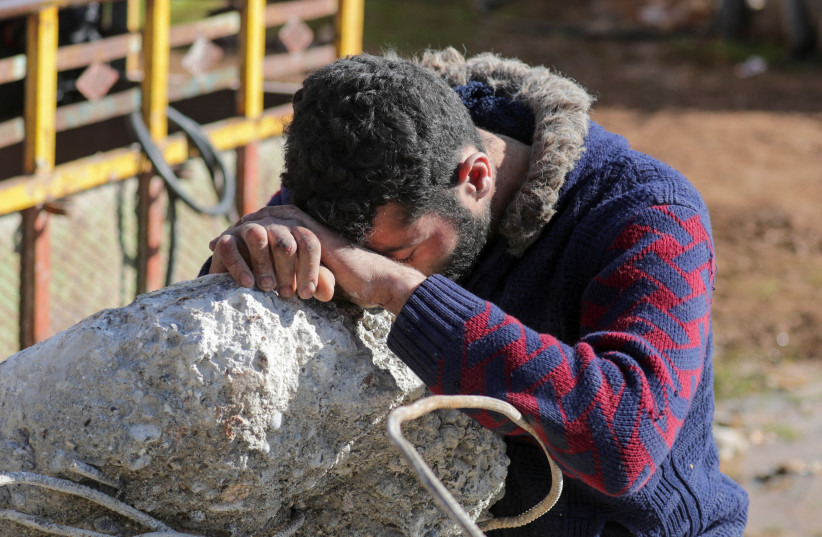GAZIANTEP, Turkey – Emergency service workers responding to Monday’s deadly earthquakes in Turkey need to contend not only with physical injuries, they also need to treat trauma and mental wounds.
United Hatzalah volunteer and psychotrauma specialist Sophie Donio, who is currently working on the rescue mission in Turkey, told The Jerusalem Post that trauma can be induced by experiencing or seeing something terrible and unexpected. However, not everyone will react in the same way and not everyone will experience trauma from the same event.
In the short term, sufferers of trauma might freeze in place and become unresponsive even in dangerous situations. Their shocked state of mind might keep them from seeking medical attention or sheltering from the elements.
In the long term, the experience can manifest into post-traumatic stress disorder. Those suffering from PTSD might become impatient or develop addictions, heightened wariness and depression, all of which can disrupt and damage relationships.
The sooner that trauma is treated, the less chance there is of developing PTSD.

“The main idea for treating trauma is to [find] people who are frozen [and] not responding and bring them back to reality,” said Donio, who is also a therapist in civilian life.
How can a person be brought back to reality during a traumatic event?
This is done in four ways:
• Specialists and responders ensure that the victims don’t feel alone by talking to them.
• Those who are unresponsive verbally can be helped to break free from the moment they’re trapped in by providing small tasks to make them feel they’re helping, such as bringing another person a bottle of water.
• Sometimes victims may be overwhelmed by their feelings, so asking them questions to prompt them to think rationally might help. A responder can ask how many people were with them during a traumatic event to push them to take stock.
• Confused victims need to be made to understand that the event is over. Building a personal connection and allowing them to talk is important as it will help them to feel safe.
As aftershocks continue to shake the region, responders like United Hatzalah, IsraAID, SmartAID-Magen Search and Rescue and the IDF Search and Rescue Brigade will face great challenges in healing these wounds.
According to IsraAID’s Shachar May, in addition to water and hygiene kits, the emergency response teams also brought a social worker and resilience kits. The kits, which are designed to help traumatized children recover, include stress-relief activities, books and games.
“One of the things we’ve found most effective in disasters is providing support to women and children,” said May.
